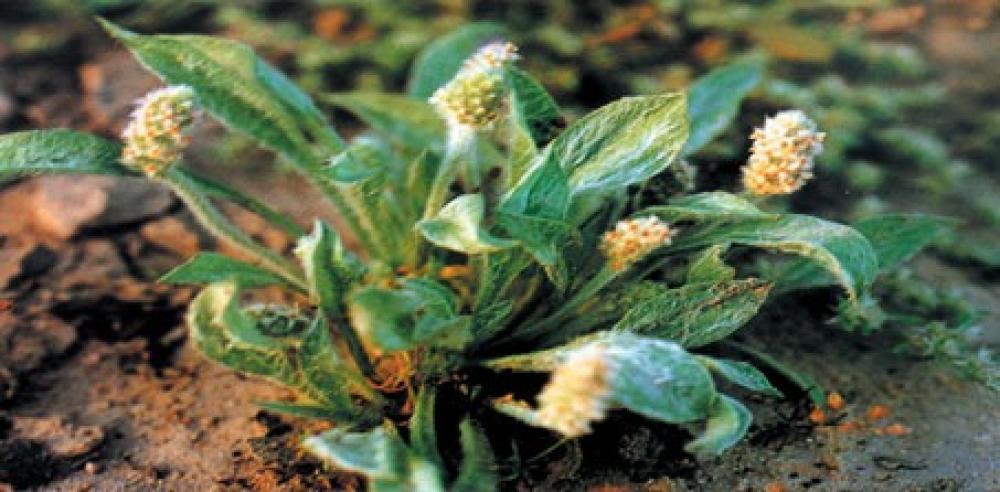Plantago ovata
Common name: Cattail
Scientific name: Plantago ovata
Home country
The plant is widespread in several geographical areas, including:
- Central Europe
- Africa
- Pakistan
- Canary Islands
It is also successfully grown in: Saudi Arabia, Spain, France, and India .
Botanical description
- Growth: An annual herbaceous plant that grows wild.
- Stem: Erect, slightly branched, covered with hairs, and reaches a length of 30 to 45 cm.
- Seeds: Small, black, hard, flea-like seeds.
The flower
- Small in size, white in color.
- It blooms in spring.
- It's not very conspicuous, but it adds an aesthetic touch to the wild plants.
Uses and benefits
- Leaves: Eaten like spinach (raw or steamed).
- Seeds: They are used to thicken ice cream and chocolate, and can be added to salads.
- Fiber: Rich in natural fiber, it forms a gelatinous substance after soaking in water, which is beneficial for digestion.
- Ecological agriculture: It is grown to cover the soil and prevent desertification.
- Fodder: Used as animal feed.
Suitable climatic conditions
- Salinity: Salt tolerant.
- Drought: Tolerates drought and high temperatures.
- Frost: Able to tolerate cold and frost.
Suitable soil
- Prefers well-aerated and drained soil.
- Grows in:
- light sandy soil
- medium loamy soil
- heavy clay soil
- Tolerates dry and neglected soil.
Method of reproduction
The plant reproduces only by seeds .
Planting dates
Best time to plant:
- the beginning of spring
- late spring
Planting steps
- Prepare the soil or pots with suitable potting soil.
- Plant the seeds at a depth of 1 cm.
- Fertilize with a rich organic fertilizer.
- Regular watering until germination.
- Wait several weeks for seedlings to appear.
Fertilization
- Use of NPK fertilizer (nitrogen, phosphorus, potassium) with microelements:
- Iron (Fe)
- Copper (Cu)
- Manganese (Mn)
- Zinc (Zn)
- Objective: To support growth and avoid nutrient deficiencies.
a summary
The psyllium plant is a valuable addition to gardens and dry lands.
Thanks to its ability to adapt to harsh environments and its health, nutritional and environmental benefits, it can be used in:
- Decorations
- fodder
- soil improvement
- Nutritional and therapeutic use

